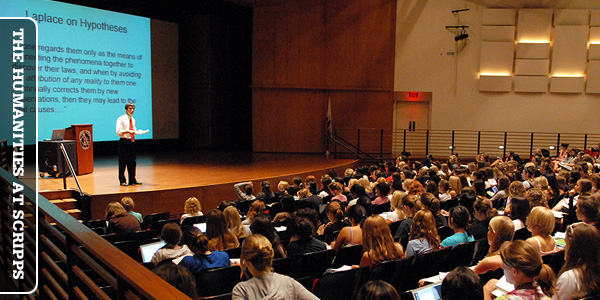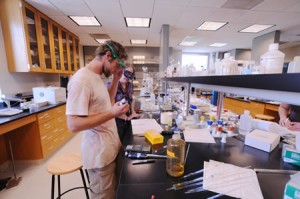The CORE program is a unique sequence in Scripps College’s curriculum. In the first semester of the freshman year, the class incorporates different disciplines and many different professors who are experts in different areas. All freshman students share a universal experience when reading the same material and listening to the same lectures. But on discussion days, the class is broken into sections of fifteen people, led by one of the professors. Discussion classes vary greatly and are very dependent upon the professor and their style.
Over the summer, I checked the Scripps portal and was surprised that my discussion professor was a neuroscience professor. As I am on the science track, I was excited that I was going to have a scientific perspective in a humanities based class. I was also hopeful that he could act as another academic adviser or mentor for me.
My professor exceeded these hopeful wishes. I met with my professor several times after I submitted a less-than-satisfactory paper (it happens to the best of us). In these office hours and meetings, I not only improved my paper, I got to know my professor well. Because we are both fascinated and interested in exploring the natural world, our conversations ultimately turned to the subject of neuroscience.
In one of our meetings, he offered me a position in his lab at Scripps next semester. I was so flabbergasted and elated to hear the offer. I need all of the experience I can get so I eagerly agreed.
Ironically, A professor from my humanities class is allowing me to get experience in my intended career. Sometimes the best things are found in the strangest places. If you let your motives be known and seek advice and help from professionals with many connections, only good things are bound to happen. The kind teacher that helps with papers can also help you in life by offering you experience in many other fields. So, keep your options open! Seek help from many people and one of them will undoubtedly help along the way! If you are like me, you will not be disappointed–in fact you will be happy dancing.



